12 Common Grass Growth Issues and How to Fix Them Fast
If your lawn is struggling to thrive, several factors could be hindering its growth. From improper watering and poor soil quality to pests and diseases, these common issues can prevent your grass from looking its best. In this guide, we’ll explore the key reasons why your lawn isn’t growing as expected and provide simple solutions to help it recover. Whether you’re dealing with environmental factors or maintenance mistakes, these tips will get your grass back on track.
This post may contain affiliate links, which helps keep this content free. Please read our disclosure for more info.
Lack of Sunlight
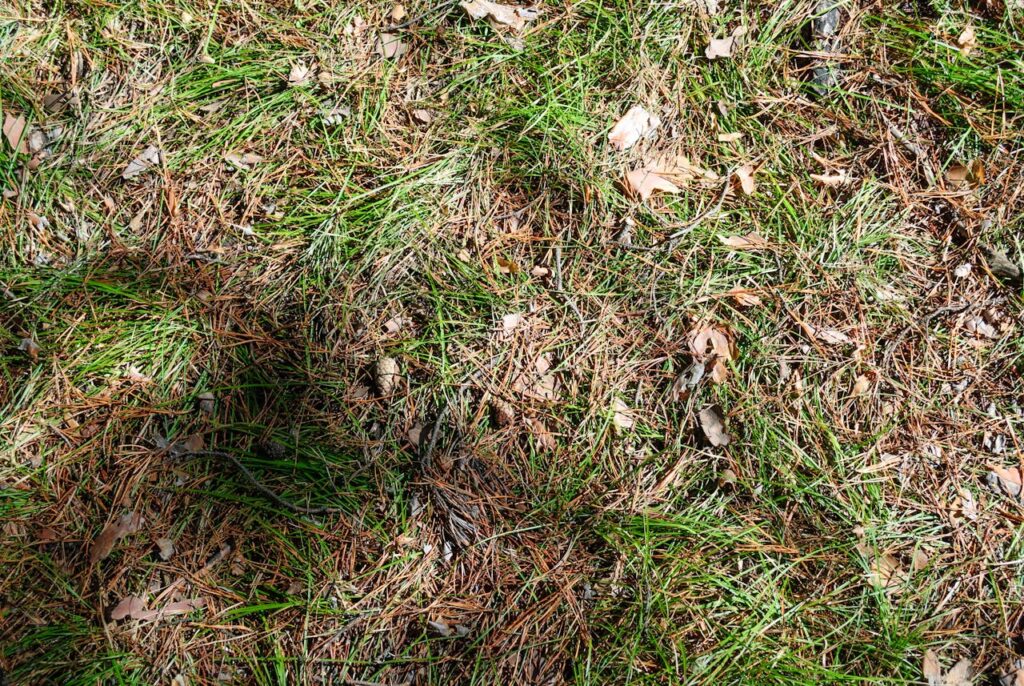
Grass needs sunlight to photosynthesize and grow properly. If your lawn is in a shady area for most of the day, it can stunt grass growth. Trees, fences, and buildings can block sunlight, preventing the grass from getting enough light to thrive. In areas where sunlight is limited, grass types like Kentucky bluegrass or ryegrass may struggle to grow, as they need more exposure to direct sunlight.
To fix this, try trimming back branches from trees or removing any objects that block light from reaching your lawn. If sunlight exposure cannot be improved, consider switching to shade-tolerant grass varieties like fine fescue or creeping bentgrass. These types are better suited to low-light conditions and will likely thrive better than standard grass types.
Improper Watering
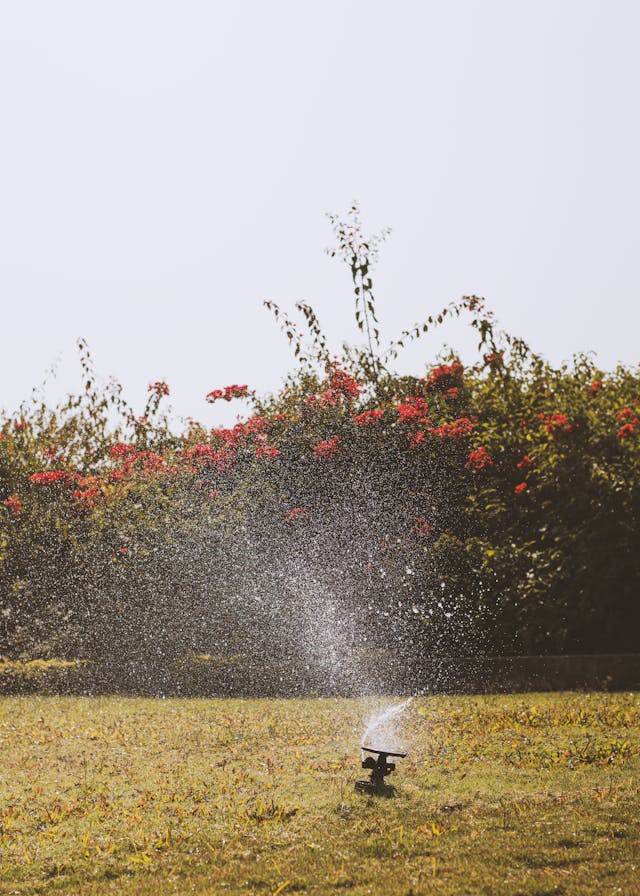
Watering plays a crucial role in maintaining a healthy lawn. Both overwatering and underwatering can harm grass. When grass is overwatered, the roots can suffocate, leading to shallow root growth and poor health. On the other hand, if grass is not watered enough, it becomes stressed and unable to grow properly.
To fix this, establish a watering routine that ensures deep watering but not too often. Watering once or twice a week for about 30 minutes per session allows the water to penetrate deep into the soil, encouraging deep root growth. Water in the early morning, ideally between 4 a.m. and 9 a.m., to reduce evaporation and prevent fungal diseases. By adjusting your watering schedule, you can promote healthier grass growth.
Soil Compaction
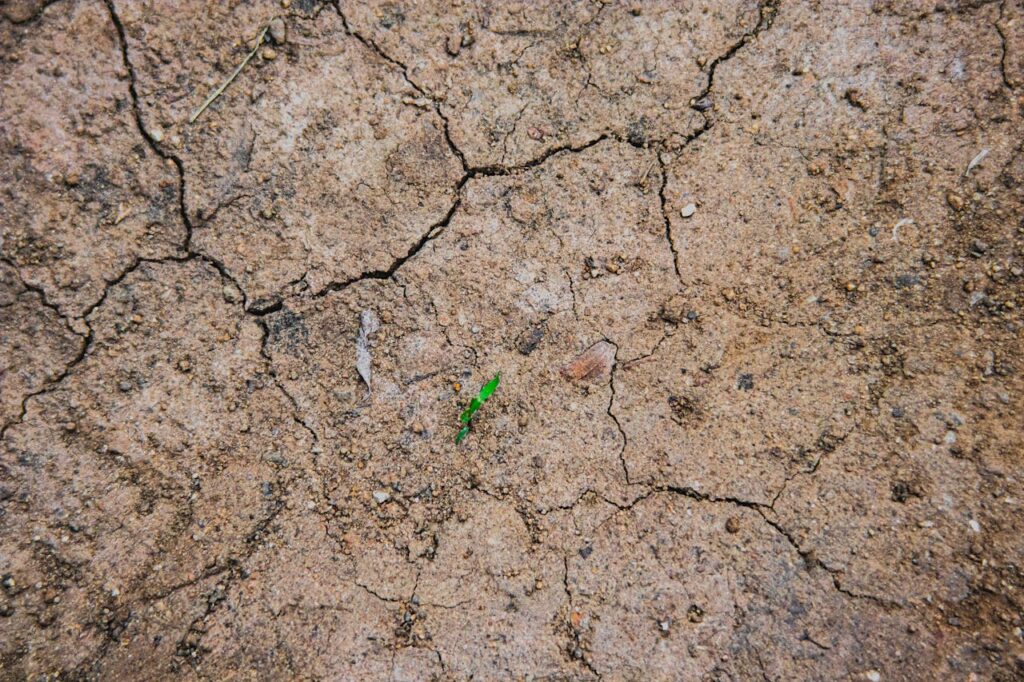
When soil becomes compacted, the grass roots struggle to grow because they cannot access air, water, or nutrients effectively. Foot traffic, heavy lawn equipment, and even the natural settling of the soil can contribute to compaction. This leads to a less healthy lawn, with grass that cannot thrive.
The solution is to aerate your lawn to relieve compaction. Aeration involves perforating the soil with small holes to allow water, air, and nutrients to reach the roots more easily. You can rent an aerator or use a manual aeration tool, especially in areas with heavy traffic. Aerating in the fall or spring when the soil is moist will give the grass the best chance for root development and overall lawn improvement.
Poor Soil Quality
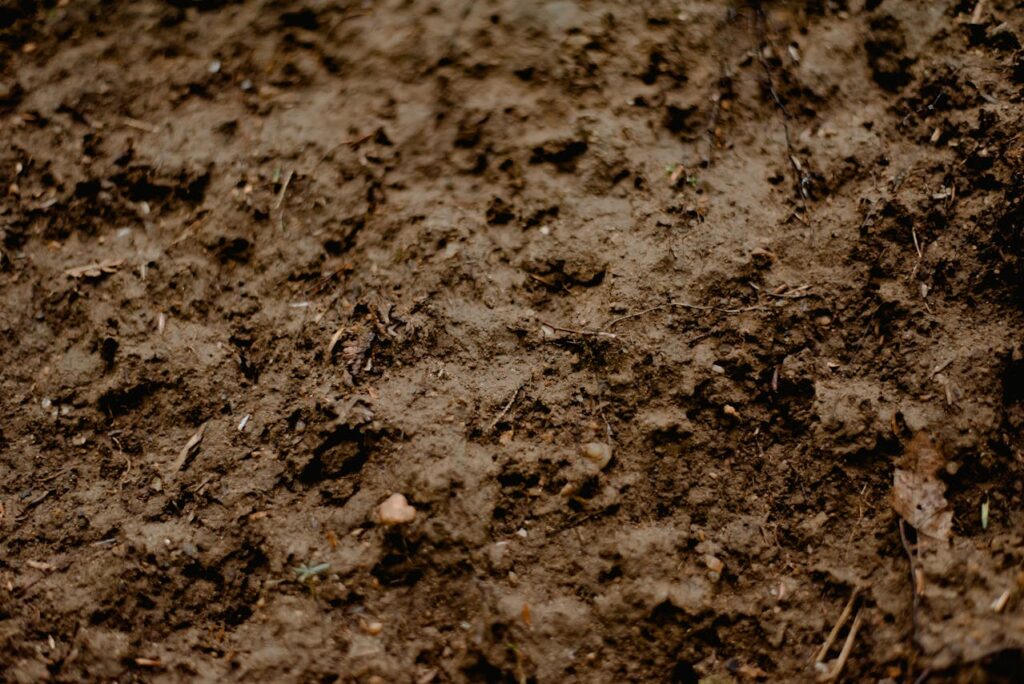
Grass needs good-quality soil to grow. If the soil is too acidic or lacks essential nutrients like nitrogen, phosphorus, and potassium, grass will struggle to establish healthy roots and grow thick, lush blades. Poor soil may have an imbalanced pH, which can cause nutrient deficiencies, or it could simply lack the nutrients necessary for grass to grow effectively.
To improve your soil, start by conducting a soil test to check its pH and nutrient levels. If the soil is too acidic, adding lime can help raise the pH. If it is too alkaline, sulfur can help lower it. Based on the results, you may need to add organic compost, a balanced fertilizer, or other soil amendments to provide the necessary nutrients for the grass to grow. Regular soil testing and care can improve the long-term health of your lawn.
Pests and Insects
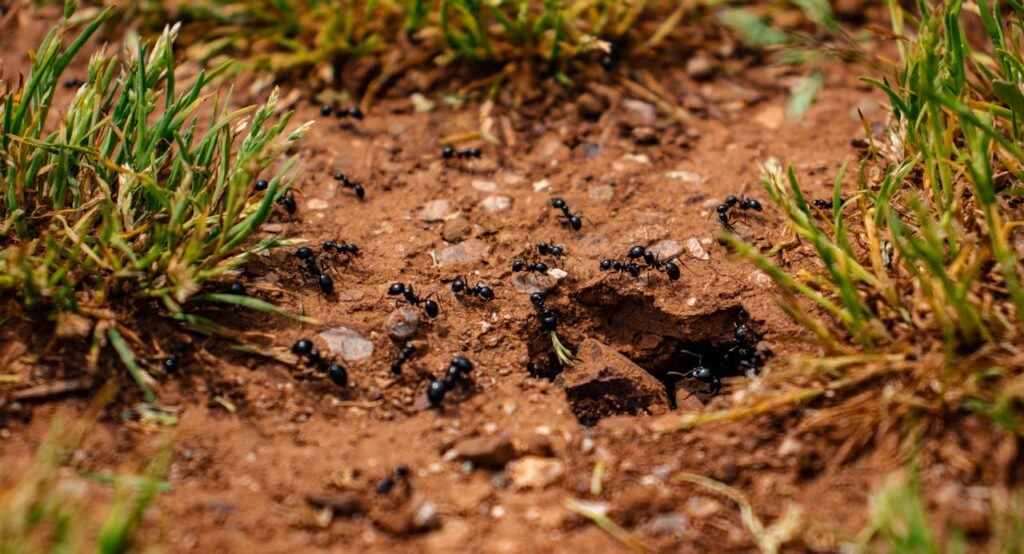
Insects and pests, such as grubs, chinch bugs, and aphids, can damage your grass and prevent it from growing. These pests feed on the grass roots or leaves, weakening the plant and making it more susceptible to diseases. Often, you may not even notice the pests until they’ve caused significant damage, such as brown patches or thinning grass.
To tackle this, regularly check your lawn for signs of pests. Look for irregular patches of dead or thinning grass, as these may indicate a pest problem. Treating your lawn with pest control products or using natural remedies like nematodes can help control pests. It is also important to maintain a healthy lawn, as strong grass is less likely to be severely affected by pests. Regular inspection and pest management will ensure your lawn remains healthy and thriving.
Fungal Diseases
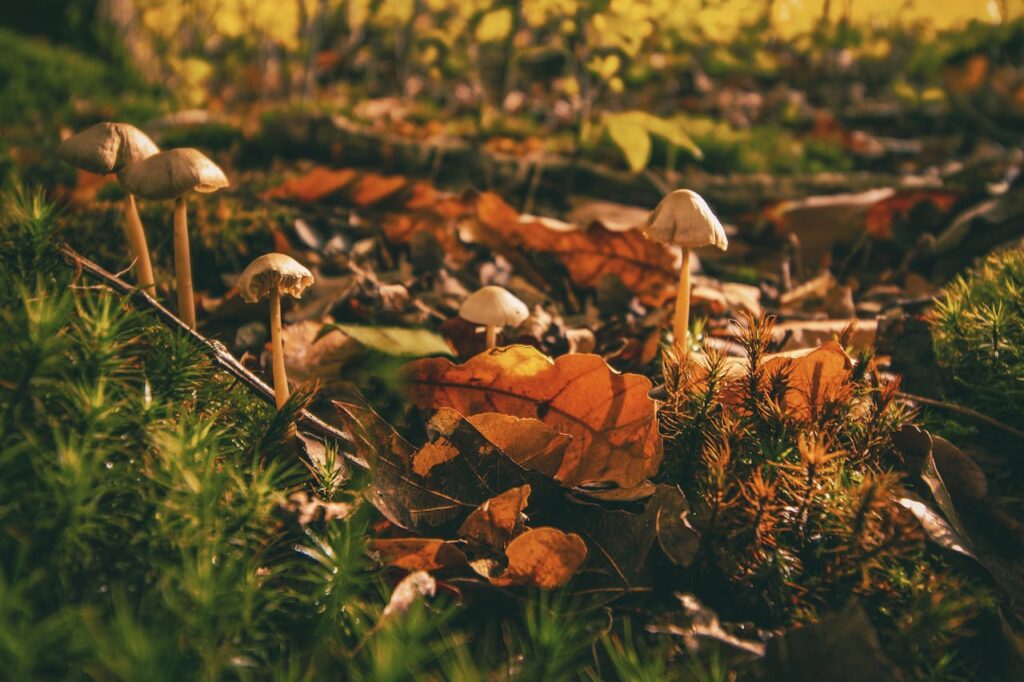
Fungal diseases, such as powdery mildew or brown patch, can inhibit grass growth. These diseases thrive in humid, moist conditions, and they often cause patches of discolored or dying grass. Fungal infections can spread quickly if not treated properly, affecting the overall appearance and health of your lawn.
To combat fungal diseases, improve air circulation, and avoid overwatering, as these factors contribute to a favorable environment for fungi. If you notice signs of a fungal infection, use a fungicide to treat the affected areas, or try natural remedies like a vinegar solution. Regularly dethatching your lawn can also help prevent fungal diseases from taking root. Keeping your lawn healthy with proper maintenance and care is the best way to prevent fungal issues.
Poor Grass Variety
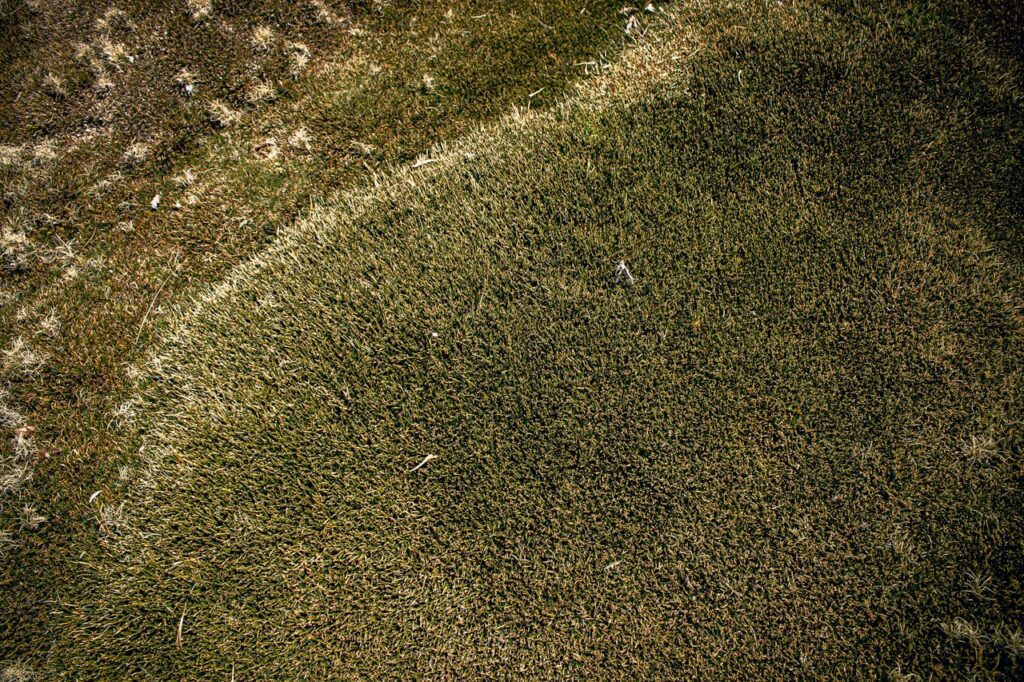
Some grass types are better suited to certain climates and soil conditions than others. If you planted a grass variety that is not well-adapted to your region’s temperature, soil type, or weather, it may struggle to grow. Warm-season grasses like Bermuda grass do well in hot climates, while cool-season grasses like fescue are better for cooler environments.
If you find your current grass variety is not thriving, consider reseeding your lawn with a type that is better suited for your climate and conditions. Research the best grass species for your area or consult a local gardening expert. By choosing the right grass variety, you can avoid wasted effort and enjoy a healthy lawn that thrives year-round.
Too Much Thatch
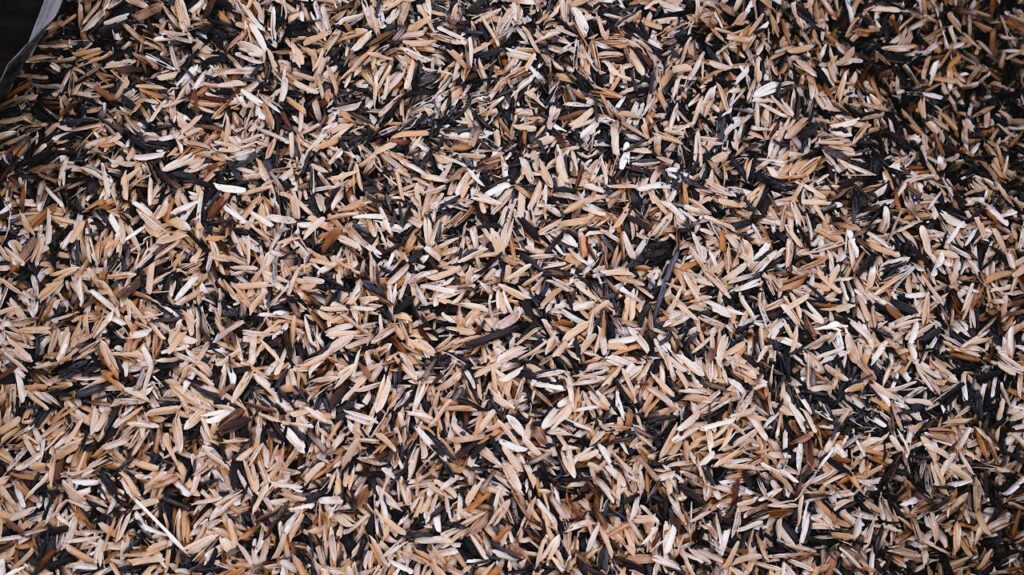
Thatch is a layer of dead grass, roots, and other organic matter that can build up on top of the soil. While a small amount of thatch can be beneficial, too much can block sunlight, water, and nutrients from reaching the soil. Thick thatch layers prevent grass from growing properly and can create an environment where pests and diseases thrive.
To fix this, you will need to dethatch your lawn, which involves removing the excess layer of thatch. You can use a dethatching rake, a power dethatcher, or hire a professional. Dethatching should be done when the lawn is growing actively, typically in the spring or fall. Reducing thatch buildup will help your grass access the nutrients it needs for healthy growth.
Improper Mowing Techniques
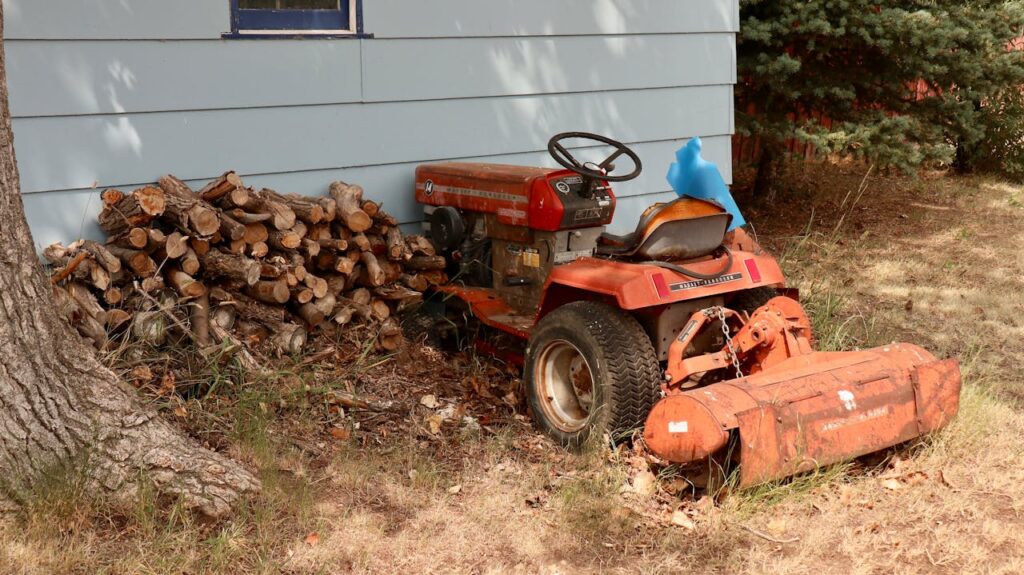
Mowing your lawn too short can damage the grass and hinder growth. When you cut the grass too short, you remove too much of the blade, which limits its ability to photosynthesize. Short grass also has shallow roots, which make it more vulnerable to heat and drought stress.
To fix this, adjust your mowing routine to leave the grass a bit taller. Most grass types should be kept at about 2 to 3 inches in height. This allows the grass to develop deeper roots and better withstand weather conditions. Be sure to mow regularly, but avoid cutting more than one-third of the grass blade at a time.
Over-Fertilizing
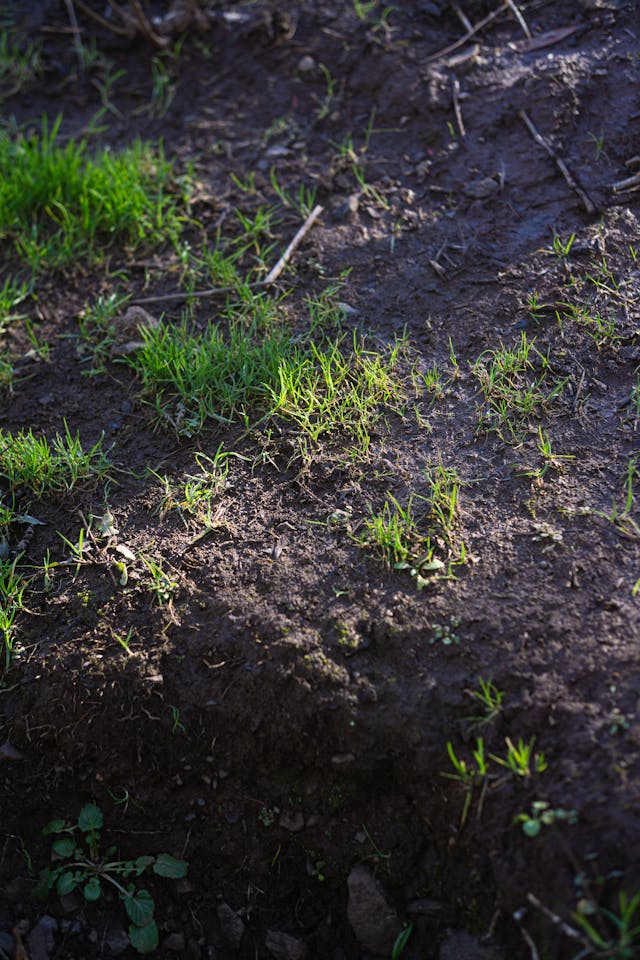
While fertilizer can help your lawn grow, over-fertilizing can have the opposite effect. Excessive fertilizer can burn the grass, making it weaker and more susceptible to pests and diseases. It can also lead to an imbalance in the soil, where the grass is forced to rely on the nutrients in the fertilizer rather than developing a healthy root system.
To fix this, apply fertilizer according to the recommendations for your specific type of grass. Use a balanced fertilizer with appropriate nitrogen, phosphorus, and potassium levels. It is best to fertilize during the growing season, typically in the spring and early fall, but avoid over-applying. Using slow-release fertilizers can also prevent excess nutrients from accumulating.
Lack of Airflow
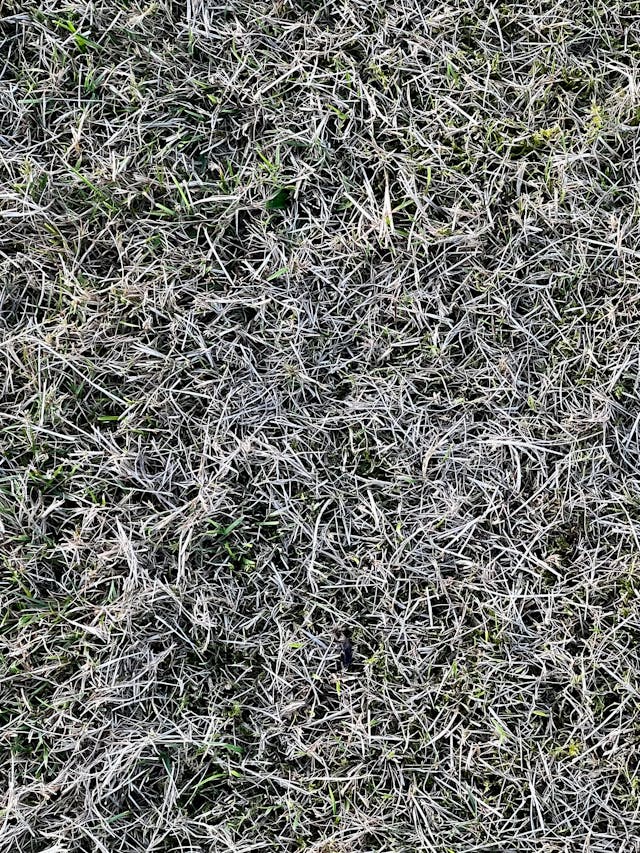
Poor airflow can contribute to grass not growing properly. Without proper ventilation, moisture and heat get trapped in the soil, creating an environment that is favorable for mold and fungi. In lawns that are crowded or have dense trees, airflow can become restricted, which negatively affects the grass.
To improve airflow, consider thinning out areas that are too crowded, especially if trees or bushes are obstructing airflow. Trimming the grass edges can also help, as it allows air to circulate more freely. Proper lawn maintenance, including aeration and dethatching, will improve airflow and provide a better environment for healthy grass.
Inconsistent Temperature
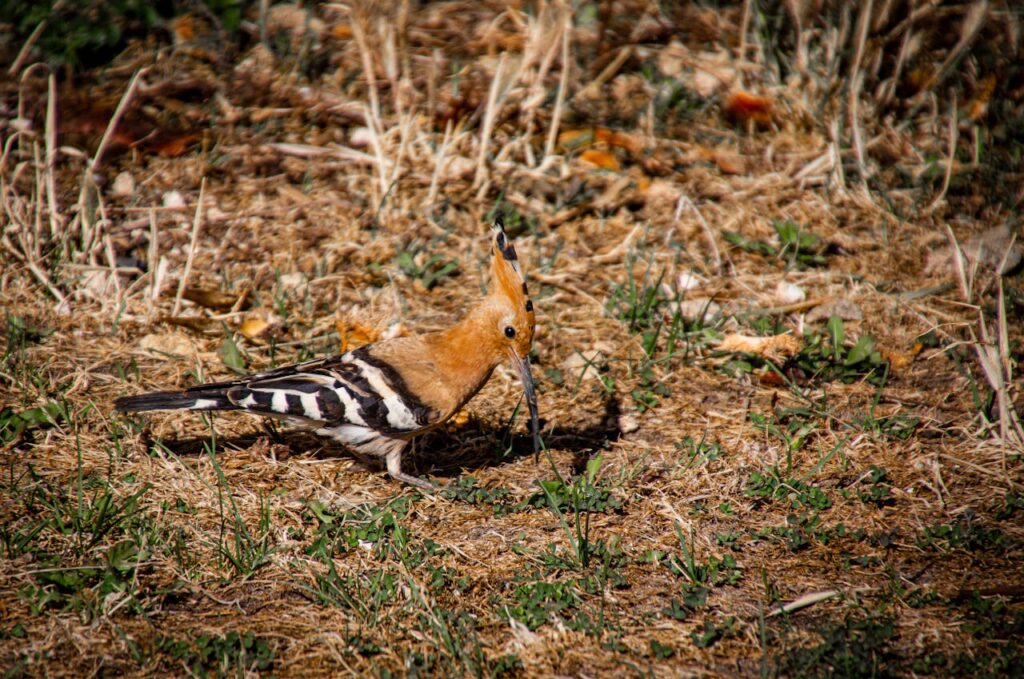
Grass growth is highly sensitive to temperature. Extreme heat or cold can hinder its growth. When the temperature is too high, grass can become stressed and go dormant, while cold temperatures may slow down growth or cause frost damage.
To maintain healthy growth, try to plant grass that is suitable for the local climate. For warm regions, warm-season grasses are ideal, while cool-season grasses work best in colder climates. If temperature extremes are affecting your grass, adjusting the watering schedule and using shade covers or frost blankets can help protect it from damage.
This article originally appeared on Avocadu.
